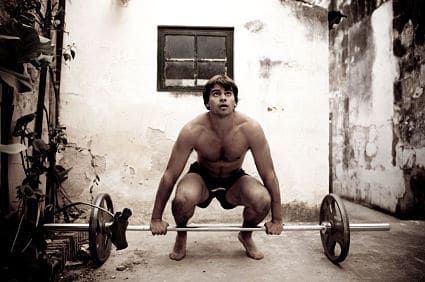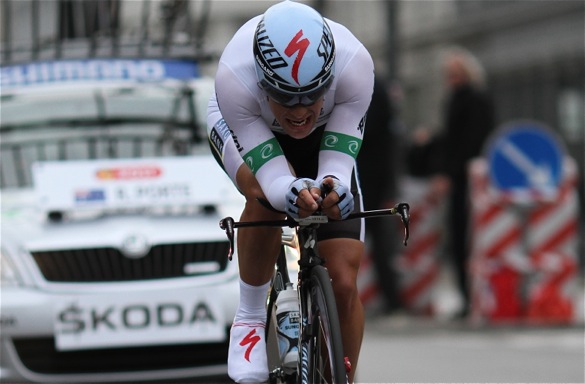How to Become Stronger Without Adding Muscle Mass
Weight Lifting Experiment #1 Here is the story about how I have spent six months testing and optimizing a training program helping athletes to become stronger without adding muscle mass. So far, it has been a success, but it is clear that I am a much better coach than an athlete. Why is this weight […]
How to Become Stronger Without Adding Muscle Mass Read More »



